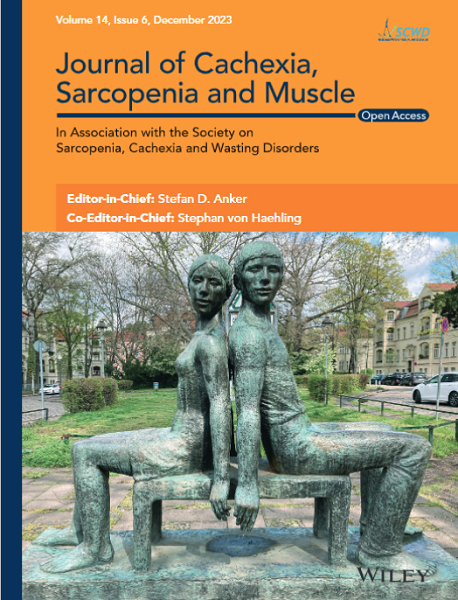Comparison of the Changes in Visceral Adipose Tissue After Lobectomy and Segmentectomy for Patients With Early-Stage Lung Cancer
Abstract
Background
The impact of lobectomy versus segmentectomy on body composition changes, particularly adipose tissue, in patients with early-stage lung cancer remains unclear. This study aimed to determine the association between these surgical approaches and postoperative changes in adipose tissue.
Methods
We retrospectively analysed visceral fat area (VFA) and waist circumference (WC) at the L3 level using cross-sectional computed tomography images from 346 recurrence-free patients who underwent lobectomy (n = 240) or segmentectomy (n = 106) for clinical stage 0–I primary lung cancer between January 2016 and December 2018. Long-term postoperative changes in VFA and WC by the third postoperative year (POY3) were compared between the lobectomy and segmentectomy groups using two-way repeated measures analysis of variance (ANOVA). Risk factors for VFA reduction were identified through multivariable analysis using logistic regression model. Propensity score matching (PSM, 1:1 matching) was also performed to compare VFA and WC changes between the lobectomy and segmentectomy groups.
Results
At 6 months postoperatively, VFA and WC decreased by 16.4% and 1.0% in the lobectomy groups, respectively, and increased by 0.1% and 0.2% in the segmentectomy groups (p < 0.001 and p = 0.029, respectively). The two-way repeated measure ANOVA showed that the VFA and WC significantly decreased in the lobectomy group compared with the segmentectomy group within the POY3 (p < 0.001 and p = 0.038, respectively). Patients with a VFA change of ≥ −13% at POY3 (n = 238) had significantly better OS than those with a change of < −13% (n = 108) (5-year OS rate, 97.7% vs. 93.4%, p = 0.017), and VFA change < −13% at POY3 was an independent poor prognostic factor for OS (hazard ratio, 4.14; p = 0.013). Lobectomy was identified as an independent risk factor for a VFA change of < −13% at POY3 (odds ratio, 2.86; p < 0.001). After PSM (n = 93 for each group), VFA and WC significantly decreased in the lobectomy group compared with the lobectomy group within the POY3 (p = 0.009 and p = 0.020, respectively).
Conclusions
In patients with early-stage lung cancer without recurrence, long-term postoperative changes in VFA and WC differed between lobectomy and segmentectomy. Lobectomy resulted in a greater decrease in VFA from 6 months to 3 years postoperatively. In contrast, segmentectomy was associated with neither long-term postoperative VFA nor WC reduction.


 求助内容:
求助内容: 应助结果提醒方式:
应助结果提醒方式:


